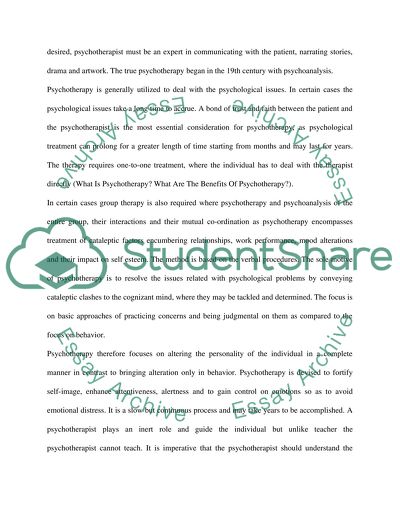Cite this document
(“Theories of Psychotherapy Essay Example | Topics and Well Written Essays - 1750 words”, n.d.)
Theories of Psychotherapy Essay Example | Topics and Well Written Essays - 1750 words. Retrieved from https://studentshare.org/psychology/1436910-theories-of-therapy
Theories of Psychotherapy Essay Example | Topics and Well Written Essays - 1750 words. Retrieved from https://studentshare.org/psychology/1436910-theories-of-therapy
(Theories of Psychotherapy Essay Example | Topics and Well Written Essays - 1750 Words)
Theories of Psychotherapy Essay Example | Topics and Well Written Essays - 1750 Words. https://studentshare.org/psychology/1436910-theories-of-therapy.
Theories of Psychotherapy Essay Example | Topics and Well Written Essays - 1750 Words. https://studentshare.org/psychology/1436910-theories-of-therapy.
“Theories of Psychotherapy Essay Example | Topics and Well Written Essays - 1750 Words”, n.d. https://studentshare.org/psychology/1436910-theories-of-therapy.


